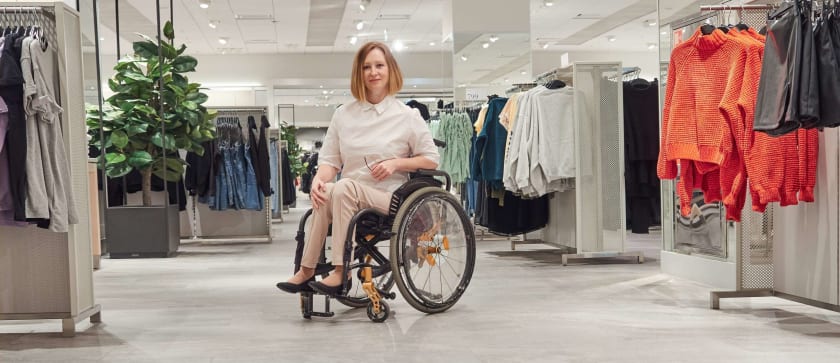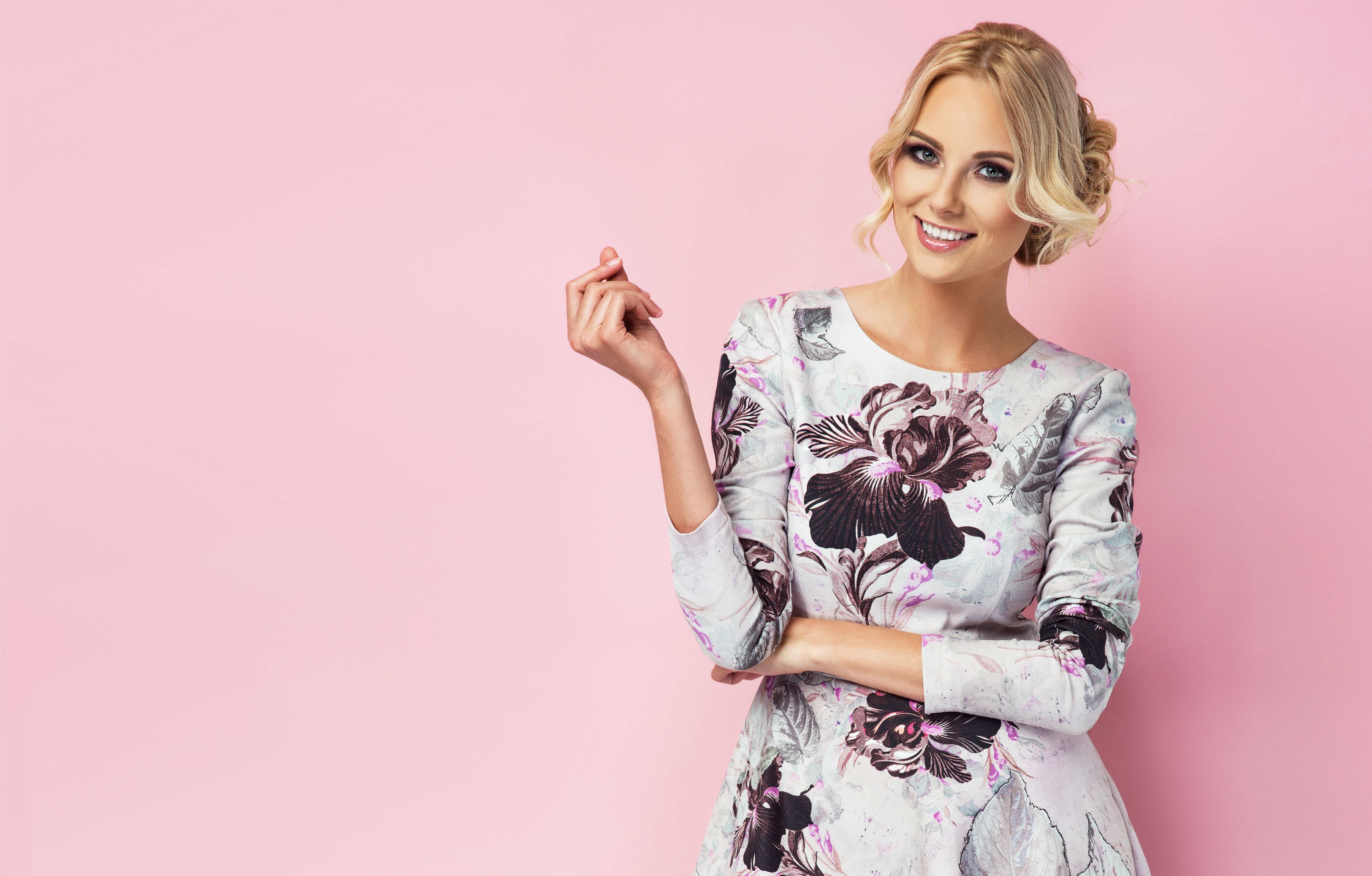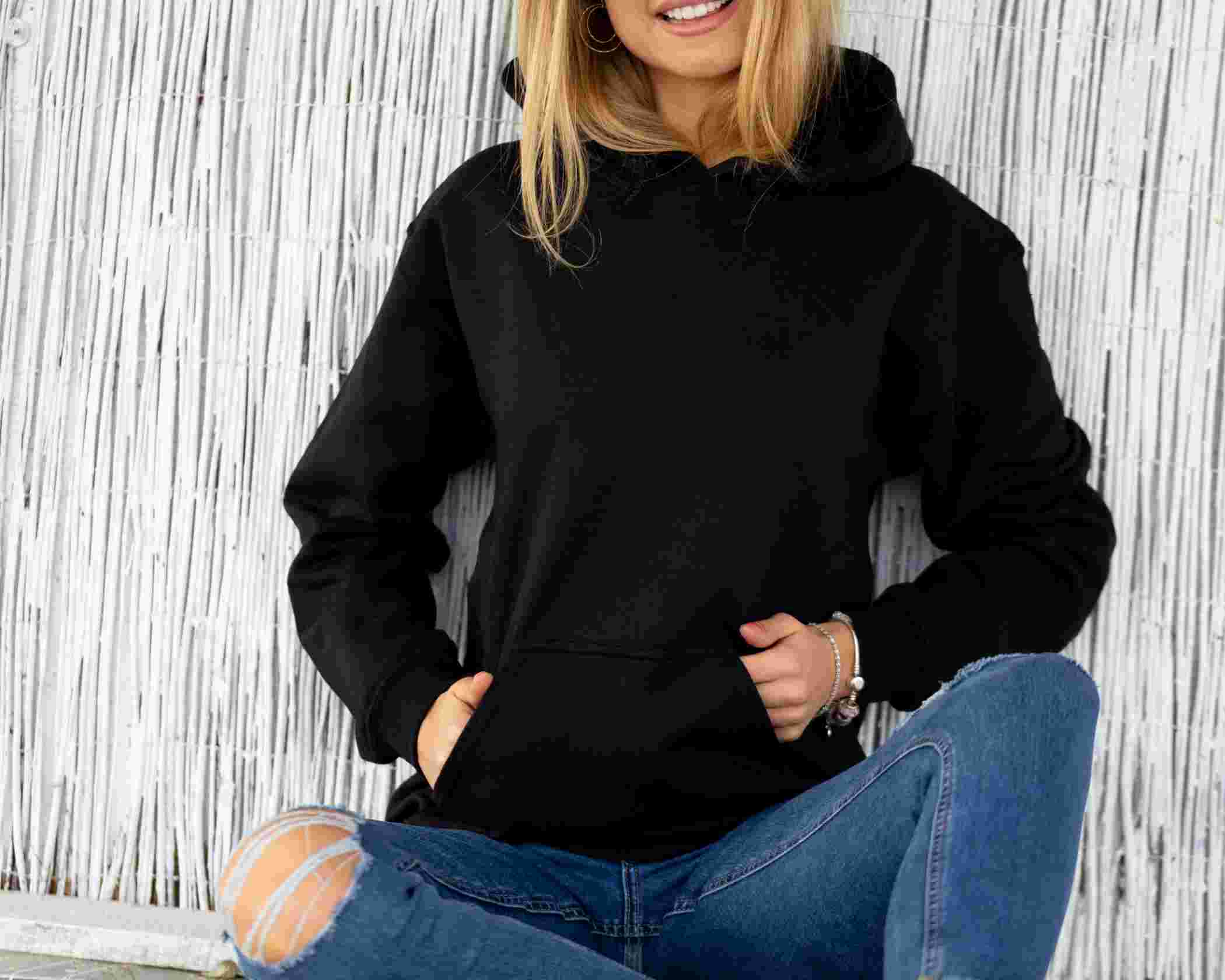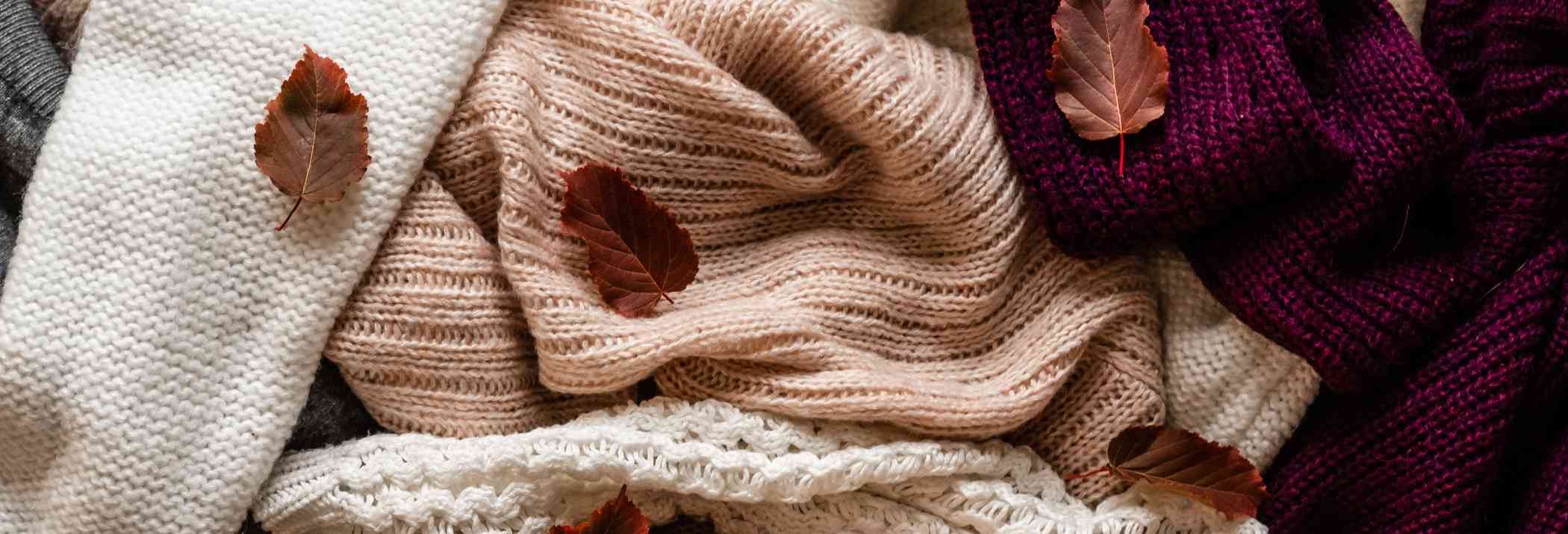Adaptive Clothing- How to Design Apparel for an Overlooked Market



Most people think about comfort first when they get dressed every day. And with this standard parameter in mind, the fashion industry designs trendy clothes and launches its collections. For some people, however, zipping the jacket with one hand or pulling pants while sitting takes more thought and effort. And the industry needs to keep them in mind too while designing clothes. Adaptive clothing trends have urged the fashion industry to evolve in that direction. With a significant scope of creativity and comfort for special people, adaptive fashion is the way to go.
Typically, people struggling with disabilities resist new trends and explore their fashion quotient. According to statistics, 15% of people regularly deal with inaccessible clothing issues. Hence, adaptive clothing is an excellent solution to tackle such difficulties by introducing comfortable and accessible clothing with different designs and patterns.
Fashion companies regularly launch their collections, approaching the overlooked market with a growth perspective. Companies ranging from established to emerging brands have delved into adaptive fashion. But there is a long way to go!
Adaptive fashion: What is it?
Adaptive clothing aims at improving the lives of specially-abled people. Persons with cognitive, mobility or sensory issues can get clothes of their liking with adaptive fashion. Moreover, it offers stress-free clothing, making the lives of the specially-abled more confident and far more stylish.
Coined in the 1950s, adaptive fashion is specialized clothing that offers excellent benefits of function and style to the specially-abled. For example, people with tremors can't wear zippers and buttons; those wearing leg braces can't wear pants or jeans. Adaptive fashion aims to overcome these hindrances specific to the disability.

Starting the adaptive fashion design process:
The majority of adaptive fashion began with someone trying to solve the problems of their loved ones. So, the consumer remains the starting point of every adaptive clothing design process. Brands and manufacturers can create clothes, solutions, or fasteners to facilitate daily tasks and make them more independent. Simple positivity introduced with adaptive clothing doesn't only change the lives of the specially-abled but also motivates numerous others.
Whether for kids, teenagers, or adults, adaptive clothing must be designed with the consumer in mind. Businesses can start researching the challenges faced by the end consumers by hiring them as consultants or full-time employees. For kids and teenagers, their parents or guardians can guide them on design, comfort, and type of clothing.
Adaptive clothing is not only functional but also fashionable. It can help people come out of isolation to enjoy public life confidently. The specially-abled don't have to compromise on clothing due to cognitive or physical challenges.
The technology powering adaptive fashion:
The diverse needs of the specially-abled are met best with advanced technology. Thanks to the fantastic techniques available to manufacturers today, it is easy to cater to their unique needs. In addition, businesses can leverage technology to power empathy, problem-solving, and ingenuity.
Here are some apparel design innovations to take inspiration from:
- Stretching jeans: Facilitates the daily wear of garments.
- Discrete format flaps: Gives users access to different feeding tubes.
- Apparel free from tags: Ideal for people with hypersensitivities.
- Velcro or magnetic closures: These replace buttons and zippers as they require less muscle strength. Users can get quickly dressed with one hand.
Putting fashion in adaptive clothing:
People with a disability or body differences often have to settle for regular or boring clothes. How do we change that? Adaptive clothing designers must listen to the needs of disabled people while sharing, designing, and developing final products.
Second, while putting fashion into clothing for people with disabilities, it is crucial to understand that dressing remains a fundamental and intimate need. Regardless of the disability, adaptive clothing must help people restore independence and dignity. Therefore, the sole motto can be to deliver stylish clothing to disabled people irrespective of their cognitive or physical abilities.
Hence, putting fashion in adaptive clothing is easy when businesses consider disability as part of life. After understanding the what, how, and why of creating unique clothing, they can seamlessly introduce fashion into their struggling lives.
Multibillion-dollar retail market:

According to an estimate, the global healthcare apparel market is worth nearly USD 40 billion. Since South-East Asian countries have but a few sources of adaptive clothing, the adaptive fashion market is a highly scalable industry.
Entry into adaptive fashion is sure to fetch profits. With an already set audience, manufacturers need only focus on high-quality adaptive fashion apparel.
Misconceptions about adaptive clothing:
After going through the design apparel process for adaptive clothing, it is crucial to go through the common misconceptions surrounding it. Some of these are:
· People with disabilities don't care about their looks: It is a common perception that companies feel there is no need to design fashionable wear for people with disabilities. However, the truth is that wearing creative designs can be a calming and confidence-inducing experience for the specially abled.
· People with disabilities don't like to spend money on fashionable clothing: It is another common myth that people with disabilities can't or don't want to spend on designer clothes. According to an estimation, in the US alone, millions of disabled people have unmet fashion needs. Adaptive clothing can significantly boost any business while serving the overlooked market.
· Disabled people may not find suitable clothes: While fashion has no boundaries, it remains a myth that disabled people won't get clothes of their choice. Adaptive clothing is specifically for people with disabilities to offer them comfortable wear according to their needs.
Wrapping Up:
Just like fashion is for everyone, it should be accessible to persons with disabilities or body differences. Understanding the basics of adaptive clothing, which the leading brands and companies often ignore, is not rocket science. Brands aiming to serve this ignored but highly profitable segment can profitably design adaptive apparel. It is all about understanding the needs of people with disabilities and body differences and covering the loopholes. While bringing adaptive clothing to mainstream fashion looks like an uphill task, a small step by any designer house or company can onset a positive change for the future.
Fashinza bringing easy adaptive clothing:
How about having a dedicated platform that understands adaptive clothing needs? Fashinza is a leading B2B apparel manufacturing platform that is helping numerous brands and design houses bring the best and latest into adaptive clothing. It simplifies the manufacturing process by introducing technology to solve key manufacturing issues. In addition, it offers dedicated support through all the different adaptive clothing production steps, from conception and design to production and finally delivery.




















